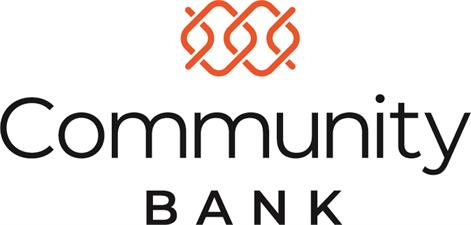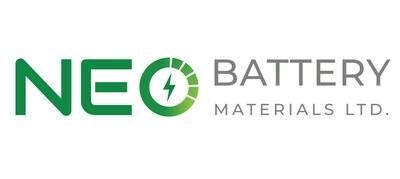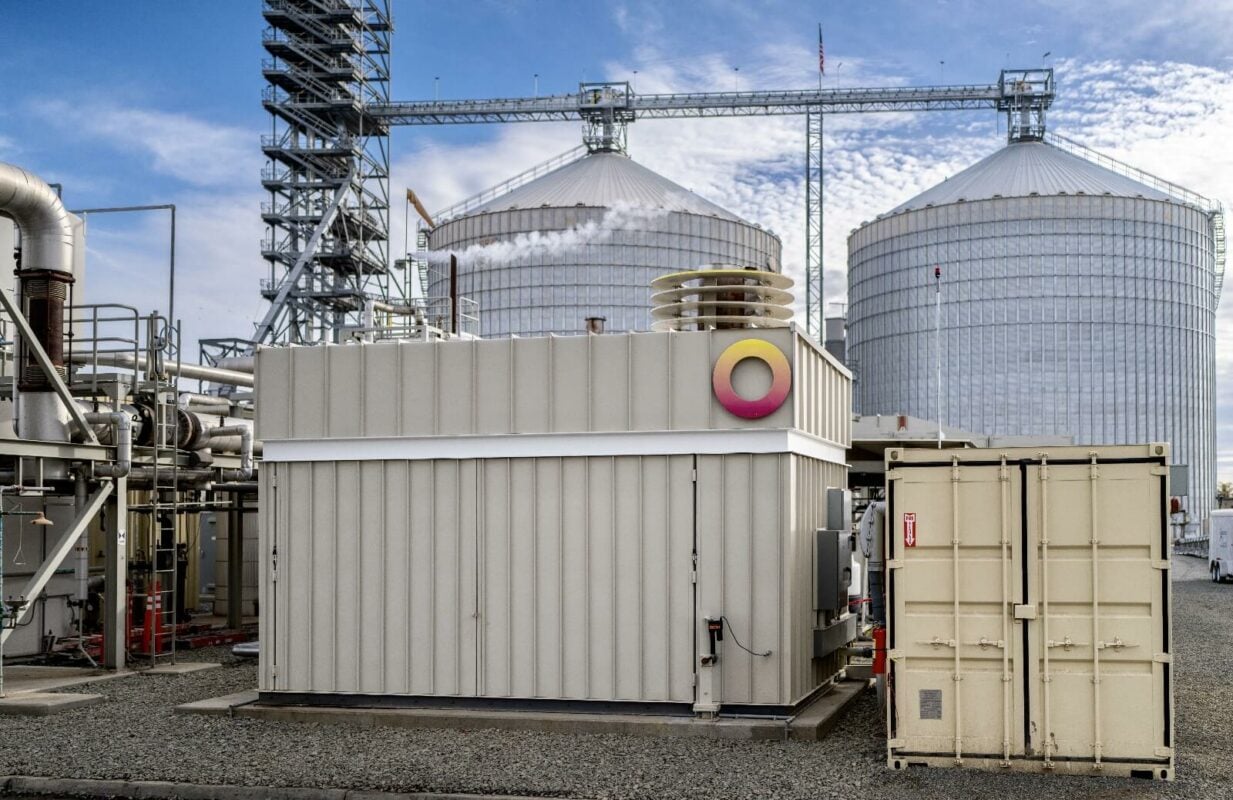Student researchers present clean energy findings – WBNG

Report on Student-Led Clean Energy Research and its Alignment with Sustainable Development Goals
Executive Summary
An event at Binghamton University showcased undergraduate research focused on developing cleaner energy solutions. This initiative, centered around the Summer Research Immersion (SRI) program, demonstrates a significant commitment to the United Nations Sustainable Development Goals (SDGs). The program’s activities and outcomes directly support progress on SDG 7 (Affordable and Clean Energy), SDG 4 (Quality Education), SDG 9 (Industry, Innovation, and Infrastructure), and SDG 13 (Climate Action) through a collaborative framework aligned with SDG 17 (Partnerships for the Goals).
Advancing SDG 7: Affordable and Clean Energy
The primary objective of the student research is to address the global need for sustainable energy, a central tenet of SDG 7.
- The research projects are explicitly designed to develop “cleaner energy solutions” to “better power the world.”
- This work contributes directly to SDG Target 7.2: to increase substantially the share of renewable energy in the global energy mix.
- By fostering innovation in this field, the program helps accelerate the transition away from fossil fuels and towards more sustainable energy systems.
Fostering SDG 4: Quality Education
The Summer Research Immersion (SRI) program exemplifies a commitment to SDG 4 by providing inclusive and equitable quality education and promoting lifelong learning opportunities.
- The program offers intensive, hands-on research experience to undergraduate students, preparing them for advanced scientific careers.
- According to Clean Energy Research Assistant Professor Yancy Luan, the program’s core objectives are:
- To transition students from novices to proficient researchers early in their academic careers.
- To equip students with practical, transferable skills essential for future employment in technical fields.
- To provide a modern, collaborative, and supportive learning environment that improves upon traditional research training methods.
Driving SDG 9: Industry, Innovation, and Infrastructure
The initiative is a catalyst for scientific innovation, directly supporting the ambitions of SDG 9.
- Student research projects contribute to the body of scientific knowledge, a critical component for building resilient infrastructure and fostering sustainable industrialization.
- The program cultivates an innovative mindset, as expressed by student Samuel Adler, who felt he “made a contribution to knowledge.”
- This focus on research and development is essential for upgrading technological capabilities in the energy sector, aligning with SDG Target 9.5 to enhance scientific research.
Broader Impacts on Climate Action and Partnerships (SDG 13 & SDG 17)
The program’s impact extends to broader global goals concerning climate and collaboration.
- SDG 13 (Climate Action): By focusing on clean energy, the research directly addresses a primary method for combating climate change and its impacts.
- SDG 17 (Partnerships for the Goals): The program’s structure is inherently collaborative, involving students from different institutions, such as Allegheny College, alongside Binghamton University faculty and peers. This academic partnership strengthens the means of implementation for achieving all sustainability goals.
1. Which SDGs are addressed or connected to the issues highlighted in the article?
SDG 7: Affordable and Clean Energy
- The article’s central theme is the research into “cleaner energy solutions” conducted by students. The stated goal of their work is to find ways to “better power the world,” which directly aligns with the objective of promoting and transitioning to clean energy sources.
SDG 4: Quality Education
- The article highlights Binghamton University’s “Summer Research Immersion program (SRI),” which is designed to provide quality tertiary education. It focuses on preparing “young undergrads for the world of research” by helping them learn “the skills they can use in the future for their career” and gain “hands-on experience.”
SDG 9: Industry, Innovation, and Infrastructure
- The students’ work involves research and development, which is a cornerstone of innovation. The article mentions that their work has a “real-world impact” and represents a “contribution to knowledge.” This focus on scientific research and developing a new generation of researchers (“walk in as a freshman and walk out as a researcher”) supports the goal of enhancing innovation and technological capabilities.
2. What specific targets under those SDGs can be identified based on the article’s content?
SDG 7: Affordable and Clean Energy
-
Target 7.a: By 2030, enhance international cooperation to facilitate access to clean energy research and technology, including renewable energy, energy efficiency and advanced and cleaner fossil-fuel technology, and promote investment in energy infrastructure and clean energy technology.
- The article describes a collaborative research program at Binghamton University focused specifically on “cleaner energy solutions.” This program represents an investment in and facilitation of access to clean energy research and technology for students.
-
Target 7.2: By 2030, increase substantially the share of renewable energy in the global energy mix.
- While the research is in its early stages, the article states the students have “big ideas for how to better power the world.” This research is a fundamental first step toward developing the technologies needed to increase the share of renewable and clean energy.
SDG 4: Quality Education
-
Target 4.4: By 2030, substantially increase the number of youth and adults who have relevant skills, including technical and vocational skills, for employment, decent jobs and entrepreneurship.
- The SRI program’s explicit purpose is to help students “learn the skills they can use in the future for their career” and gain “hands-on experience.” The research skills developed are highly relevant technical skills for careers in science and technology.
SDG 9: Industry, Innovation, and Infrastructure
-
Target 9.5: Enhance scientific research, upgrade the technological capabilities of industrial sectors in all countries…including…encouraging innovation and substantially increasing the number of research and development workers.
- The article focuses on a program designed to create future researchers. The quote, “We want them to walk in as a freshman and walk out as a researcher,” directly speaks to the goal of increasing the number of R&D workers. The students’ presentations of their “summer’s worth of work” is a direct example of enhancing scientific research.
3. Are there any indicators mentioned or implied in the article that can be used to measure progress towards the identified targets?
SDG 7: Affordable and Clean Energy
- Implied Indicator for Target 7.a: The existence of university-led and funded programs like the “Summer Research Immersion program (SRI)” serves as a qualitative indicator of investment and institutional support for clean energy research and development.
SDG 4: Quality Education
- Implied Indicator for Target 4.4: The number of students participating in and completing the SRI program. The article mentions “students who researched cleaner energy solutions” and specifically names participants like Shyann Rulander and Samuel Adler, implying a cohort of students acquiring these specialized research skills.
SDG 9: Industry, Innovation, and Infrastructure
- Implied Indicator for Target 9.5: The number of students being trained as researchers. The program’s goal to turn freshmen into researchers directly contributes to the indicator of “Researchers (in full-time equivalent) per million inhabitants” (Indicator 9.5.2) by creating a pipeline of future scientists and innovators.
4. Create a table with three columns titled ‘SDGs, Targets and Indicators” to present the findings from analyzing the article. In this table, list the Sustainable Development Goals (SDGs), their corresponding targets, and the specific indicators identified in the article.
| SDGs, Targets and Indicators | Targets | Indicators |
|---|---|---|
| SDG 4: Quality Education | 4.4 Increase the number of youth and adults who have relevant skills, including technical skills, for employment. | The number of students participating in the Summer Research Immersion (SRI) program to gain research skills for future careers. |
| SDG 7: Affordable and Clean Energy | 7.a Enhance cooperation to facilitate access to clean energy research and technology. | The existence of the university research program focused on “cleaner energy solutions.” |
| SDG 9: Industry, Innovation and Infrastructure | 9.5 Enhance scientific research and increase the number of research and development workers. | The program’s function of training students to become researchers (“walk out as a researcher”). |
Source: wbng.com

What is Your Reaction?
 Like
0
Like
0
 Dislike
0
Dislike
0
 Love
0
Love
0
 Funny
0
Funny
0
 Angry
0
Angry
0
 Sad
0
Sad
0
 Wow
0
Wow
0












































































